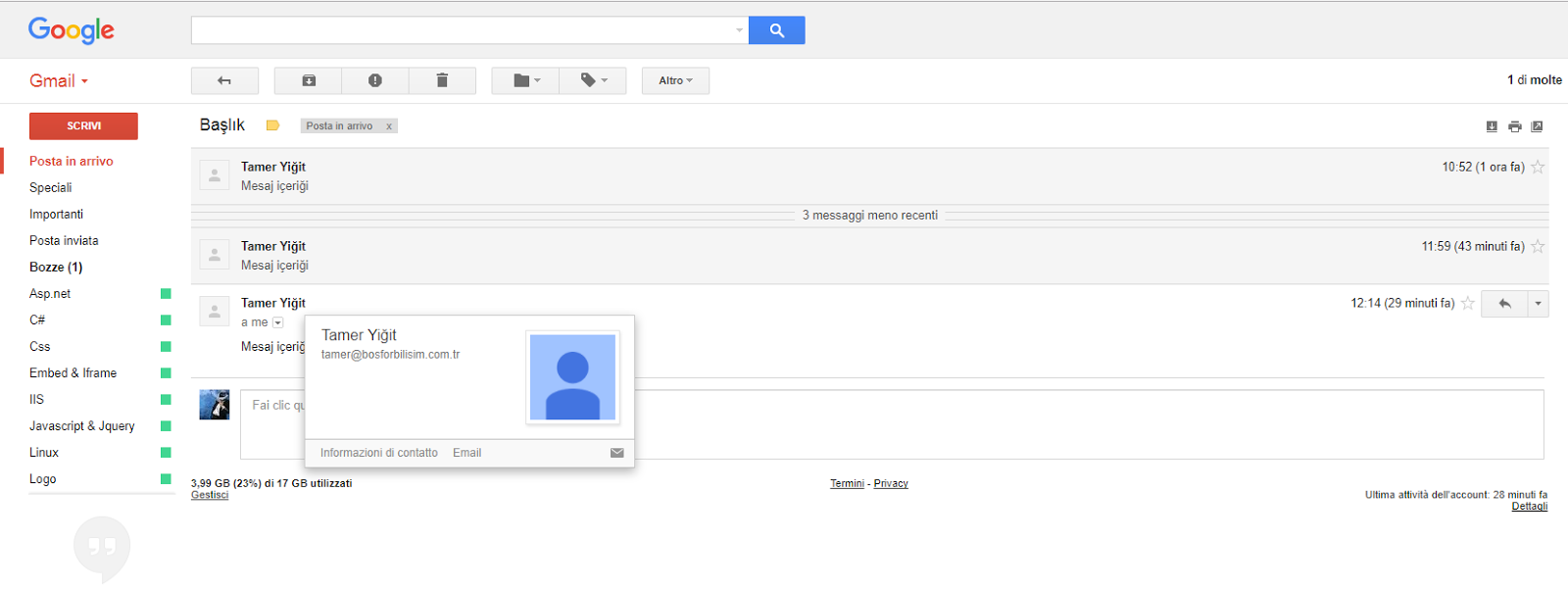

In that case, I would choose the 16″ bucket when buying the backhoe. If I had all the play money I wanted, I would choose a different path. Also, if the dirt is really hard, digging with the 12″ could be difficult. Digging a 12″ ditch just to lay an electrical cable seems quite painful.

I just don’t see the 12″ as a good general purpose bucket. I can avoid the second issue by digging when it is not so wet. There are two disadvantages, one is that it takes longer to dig out a big hole, and the other is mud will stick in the bucket. This bucket is the best choice for narrow trenches, and the best choice for hard soils due to its small footprint. Most Economical Choiceīased on the type of work I’ve had to do, I would choose the 8″ bucket again. I recognize that this is not the prevailing view from Deere dealers and other 1-series owners. In most of these situations, I find the 8″ to be perfect, if not a bit TOO BIG for the task. It is great for jobs that COULD be done with a hand-shovel if I were younger and absolutely HAD to do it. So far, I’ve used my backhoe for digging out stumps, digging trenches, and a rare hole for some reason. Take a look at this video for an ‘in-depth look’ (ok, I couldn’t resist) at the 260 backhoe digging a relatively large hole. Perhaps a mini-excavator or something similar. If you plan to dig large/deep holes frequently, quite frankly, I would recommend thinking about a different backhoe. Which one(s) should we buy? The best approach to answer that is to think about how you will be using your backhoe. This leads us back to the original question. Given the relative weakness of any sub-compact backhoe unit, it is even more important to have the proper bucket for the job. The BXpanded line of attachments provide a significant improvement in 260 backhoe options. So, this is why the BXpanded ‘quick connect’ is so valuable. Changing the bucket would take too much time with the standard configuration. At some point, you need to dig down below the main root ball to get to those deeper roots. Unfortunately, the ripper tooth doesn’t work well for the entire stump removal process. For these situations, the ripper tooth would wonderful. Additionally, it disturbs more soil, making a larger mess. A larger bucket reduces the directed hydraulic force a specific point on the root. You will eventually get out far enough to be able to break it. If the backhoe is not strong enough to break it there, you move outward, where the root is smaller. You start next to the stump, attempting to break the root. The main part of digging out a stump is to break the roots which protrude in all horizontal directions. The ripper tooth would be quite useful for a portion of the ‘stump removal process’.
#MAIL 8.2 ATTACHMENT TAMER FULL#
Additionally, the low sides would keep the bucket from packing full of mud as the 8″ bucket does at times. The trencher bucket pictured here would dig a narrower trench than the 8″ bucket, allowing the trenching operation to go faster, and have less ‘spoils’. If that doesn’t make the choice difficult enough, BXPanded offers a 6″ Trencher Bucket and a ripper tooth suitable for digging/cutting roots. There are 3 sizes of bucket available from Deere on the 1-series 260 backhoe attachment, 8″ (2 teeth) 12″ (3 teeth) 16″ (4 teeth). Since it is the default bucket, then it must be the only logical choice, right? Let’s explore… The dealer may have taken it for granted. This bucket is considered so ‘standard’ that you might not have been asked what size you wanted during the pre-purchase discussions. Most of the 260 backhoes are equipped with the 12″ bucket. I was ‘stuck’ with the 8″ whether I liked it or not. I bought my hoe used, so I didn’t have any choice to which bucket came on it. This article discusses the choices I am aware of, and makes a couple of recommendations which might differ from conventional wisdom. The 1-series backhoe has several bucket attachments available.


 0 kommentar(er)
0 kommentar(er)
